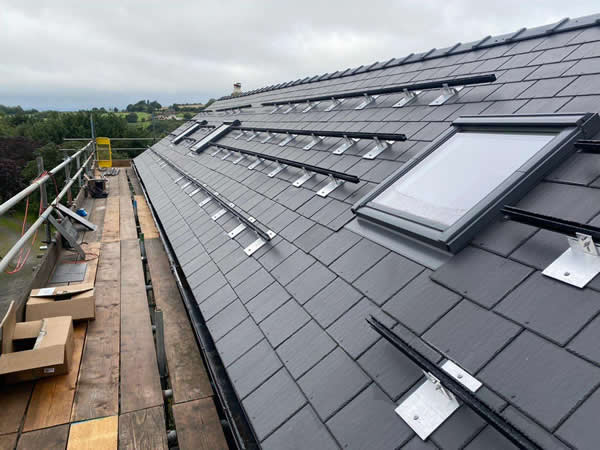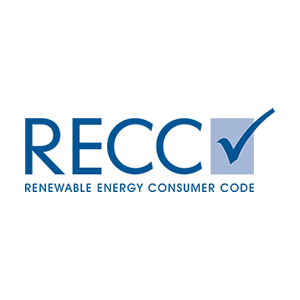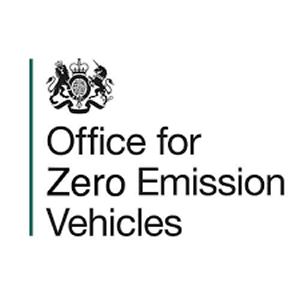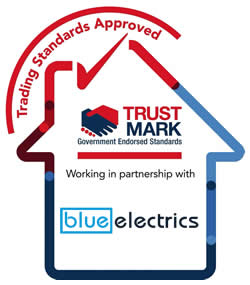Introduction
When setting up a solar photovoltaic (PV) system, understanding the concept of strings and their configurations is crucial. This blog will cover the essentials of solar PV strings, including how the number of panels on a string is calculated, the importance of startup and maximum DC voltage range, and key considerations for ensuring your system operates efficiently.
What Are Solar PV Strings?
A solar PV string is a series of solar panels connected in a sequence to form a circuit. The panels in a string are connected by their positive and negative terminals, creating a single path for the electric current.
Calculating the Number of Panels on a String
The number of panels you can have on a string depends on several factors, including:
- Panel Voltage: Each panel has a rated voltage, typically around 30-40 volts.
2. Inverter Input Voltage Range: This is the DC voltage range that the inverter can handle. Most residential inverters have a maximum input voltage of around 600-1000 volts.
3. Startup Voltage: This is the minimum voltage required for the inverter to start operating. It typically ranges between 150-350 volts.
To calculate the maximum number of panels in a string:
Max Panels per String = Max Input Voltage / Panel Voltage
For example, if your inverter’s max input voltage is 600 volts and your panel voltage is 40 volts:
Max Panels per String = 600 / 40 = 15
To ensure the system starts up correctly, you must also calculate the minimum number of panels required to meet the inverter’s startup voltage:
Min Panels per String = Startup Voltage / Panel Voltage
For instance, if the startup voltage is 200 volts and the panel voltage is 40 volts:
Min Panels per String = 200 / 40 = 5
Importance of Startup and Maximum DC Voltage Range
– Startup Voltage: Ensures that the system begins generating power as early as possible during the day, even in low light conditions.
– Maximum DC Voltage Range: Protects the inverter from damage due to overvoltage, ensuring safe and efficient operation.
What Happens If You Don’t Have Enough Panels on a String?
If you don’t have enough panels on a string, the voltage may fall below the inverter’s startup voltage. When the voltage is too low, the inverter cannot start or operate effectively. This means the system won’t generate power, especially during periods of low sunlight. Ensuring enough panels are connected in a string to meet the startup voltage is critical for the system’s functionality.
Additional Insights on Calculating String Size
According to the Solar Design Guide, to calculate the minimum panels per string:
- Determine the startup voltage of your inverter.
2. Divide the startup voltage by the panel voltage.
3. Round up to ensure you have enough voltage to meet the inverter’s requirements.
For example, if your inverter’s startup voltage is 200 volts and your panel voltage is 30 volts:
Min Panels per String = 200 / 30 = 6.67
Rounding up, the minimum string size is 7 panels.
Conclusion
Understanding the intricacies of solar PV strings, including how to calculate the number of panels per string and the importance of startup and maximum DC voltage range, is essential for optimising your solar power system. By ensuring your system is correctly configured, you can maximise efficiency and performance. For more detailed information, you can visit resources like the Solar Design Guide.




















